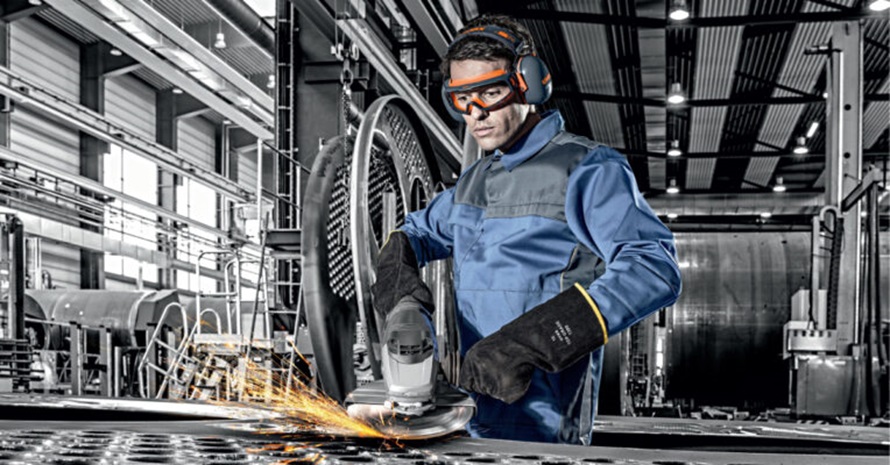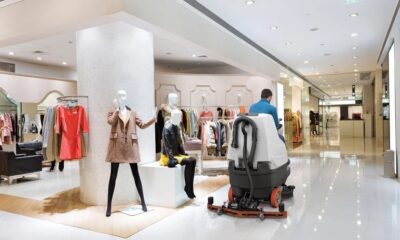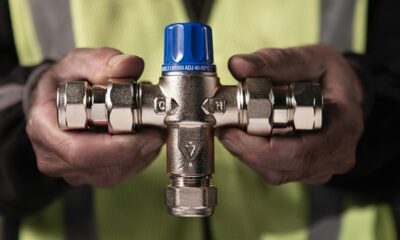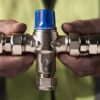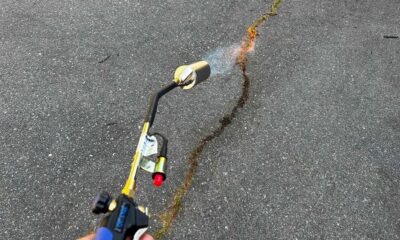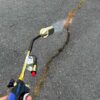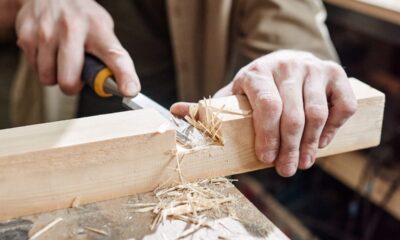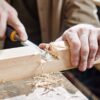Industry
The Ultimate Guide to Select the Right Safety Equipment for Your Woodshop
Working on your woodworking project in a woodshop can be a deeply fulfilling experience, indeed. Afterall, it’s a creative process where you master your craftsmanship and create magic from raw materials transforming them into beautiful, functional pieces. However, this rewarding endeavour also comes with its share of risks, making safety a top priority.
From sharp tools to flying debris, you must acquire safety equipment to protect yourself and ensure a safe and productive working environment.
Be Prepared At All Times: Choose The Right Safety Equipment
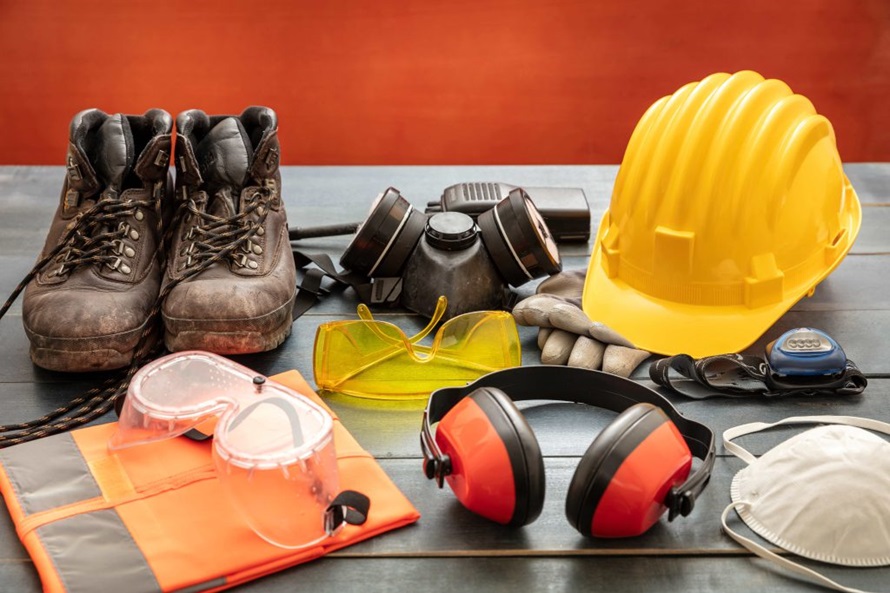
source: vmedo.com
First, what is the 7 type of PPE? PPE includes several components which, most commonly found in PPE equipment are head protection, eye protection, hearing protection, respiratory protection, hand protection, body protection and foot protection. These are all commonly used in various industries, including workshops.
Protective Gloves
In a woodshop, your hands are your most valuable tools and should you or not protect them is not even a question. You must always wear gloves which will protect your hands from cuts, splinters and abrasions while handling wood and operating machinery. When selecting gloves, look for those made from cut-resistant materials that are also flexible enough to use your hands without any restrictions.
Nitrile is an excellent fabric when it comes to flexibility. The safety equipment gloves made from nitrile are not only flexible and great for manual work, but they also provide a good grip to ensure you maintain control over tools and materials. Remember, the right pair of gloves can make all the difference, providing not just protection, but also comfort during long hours of woodworking.
Face Masks and Respirators
Woodworking generates a significant amount of dust and fine particles that can be harmful when inhaled. Therefore, having personal protective equipment is essential and wearing face masks is your first protection against those harmful particles. Face masks and respirators are critical for protecting your respiratory system from these hazards.
A basic dust mask may suffice for light sanding but for more intensive tasks like cutting or using power tools, a respirator with a higher filtration rating is recommended. Respirators are designed to filter out fine particles to ensure that you’re not breathing harmful dust. There are also dust masks that are designed to filter out dust particles up to 99.9% as small as 0.1 microns. They can prevent long-term respiratory issues and keep your lungs healthy.
Earmuffs and Earplugs
The constant noise from power tools and machinery in a woodshop can lead to hearing damage over time, making earmuffs and earplugs essential ppe equipment. Earmuffs provide excellent noise reduction, covering the entire ear and blocking out harmful levels of sound.
For those who prefer less bulky options, earplugs are a great alternative, offering protection without compromising comfort. It’s important to choose hearing protection with a suitable noise reduction rating (NRR) that matches the level of noise exposure in your woodshop. Regular earmuffs or earplugs will help preserve your hearing and prevent noise-induced hearing loss.
Eye Protection
Your eyes are particularly vulnerable in a woodshop, where flying debris, dust and wood ships are common hazards. Eye protection, such as safety equipment glasses or goggles is non-negotiable for anyone working with wood. Safety glasses provide a basic level of protection, shielding your eyes from direct impact and debris.
For more intense tasks, especially those involving power tools, consider using goggles that offer a seal around the eyes to prevent fine particles from getting in. Additionally, if you’re working with bright lights or welding, use tinted lenses to protect your eyes from harmful light exposure.
Aid Kit
Accidents can happen even in the safest woodshops, which is why having a well-stocked first aid kit is essential. A comprehensive first aid kit should include bandages, antiseptic wipes, tweezers, safety pins, hypoallergenic adhesive tape, saline eyewash, an eye pad and medical tapes for dressing wounds. Make sure the kit is easily accessible and that everyone in the woodshop knows its location. Regularly check and replenish the contents to ensure that the kit is always ready when needed.
Additional Safety Gear
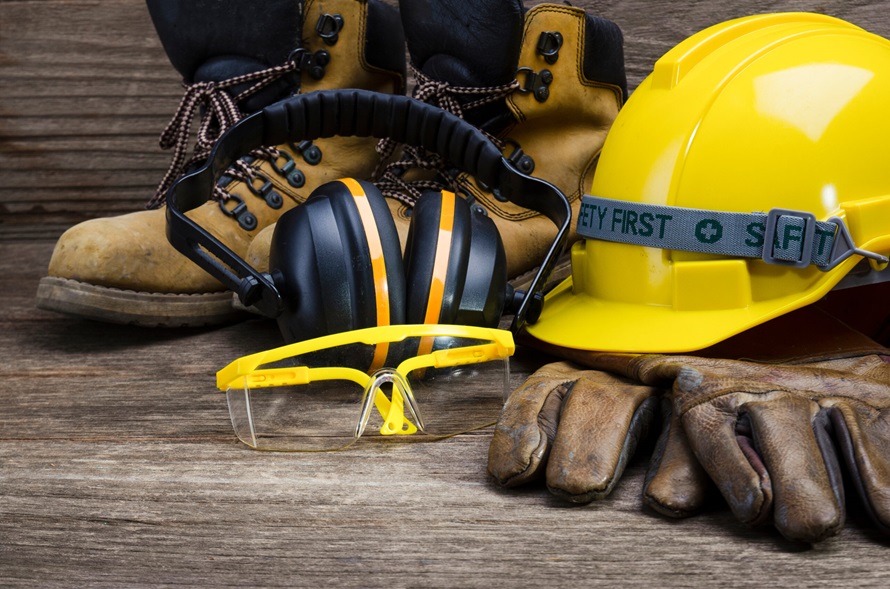
source: aveling.com.au
Fire Extinguisher
A fire extinguisher is a crucial safety tool in any woodshop where flammable materials like wood dust, solvents and finishes are commonly present. Having a fire extinguisher on hand can prevent small fires from becoming disastrous, protecting both lives and property.
Aprons and Protective Clothing
Aprons and protective clothing are vital in shielding your body from various hazards in the woodshop, such as flying debris, dust and chemical splashes. Aprons are made from heavy-duty materials like canvas or leather that protect your body from sharp objects and spills. Additionally, protective clothing such as long sleeves and pants can prevent cuts and abrasions while working with sharp tools and machinery.
Safety Shoes
Safety shoes are also an essential part of woodshop attire. They protect your feet against heavy objects, sharp debris and slippery surfaces. These shoes typically come with reinforced toes such as steel or composite toe caps to protect your feet from falling tools or materials.


